Something as simple as a daily brisk walk can help you live a healthier life. For example, regular brisk walking can help you: Maintain a healthy weight. Prevent or manage various conditions, including heart disease, high blood pressure, and type 2 diabetes.
Race Walking
Race walking is an international Olympic sport with specific rules ensuring it's done properly. According to United States of America Track and Field, which oversees race walking in the United States, "Race walking is a progression of steps so taken that the walker makes contact with the ground so that no visible loss of contact occurs." Race walkers are judged in competition to make sure one of their two feet remains touching the ground at all times and to ensure they don't lapse into running.
Power Walking
Power walking, also known as fitness walking and health walking, is slower and not as rigorous as race walking. It's embraced by many people as an effective and easy method for losing weight and staying in good shape. Unlike going for a stroll, power walking involves swinging your arms in an exaggerated back and forth motion in rhythm to your steps, taking long strides and hitting the ground with your heel first as you propel yourself forward as quickly as possible.
Calories
You can measure the different intensities of power walking and race walking by the number of calories each exercise burns. According to the calorie calculator at NurtriStrategy.com, if you weigh 155 pounds, walking at a brisk, power walk pace of 3.5 miles per hour burns 267 calories per hour. If you step up that pace into the more intense power walking zone of 4 mph, you'll be burning 352 calories per hour. If you turn that into a race walk -- which can be more than 8 mph for world record holders -- you'll burn 457 calories per hour.


